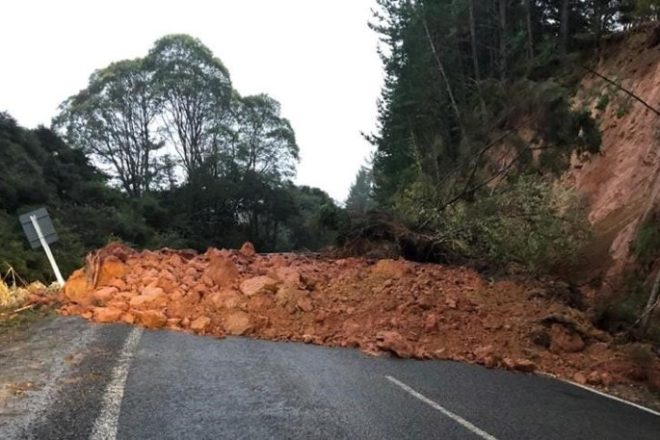There has been a push to get people vaccinated before the worst of winter arrives – to ease as much pressure as possible on the health system.
ESR World Health Organisation (WHO) National Influenza Centre director Sue Huang says that was now “really urgent” as there was an unusually early start to the flu season.
Pre-Covid pandemic, the flu season’s peak was usually July and August, Huang says.
This year’s flu was dominated by two strains New Zealand had not seen for the past four or five years, she says.
Without border restrictions there was an “immunity gap” in New Zealand, she says.
“So when the virus landed in New Zealand it managed to infect those susceptive people and managed to spread in our community.”
Very young and very old people were more susceptible to catching the flu, and those with underlying conditions were more likely to be hospitalised with the virus, she says.
“These viruses are actually covered by our flu vaccines so if people take the flu vaccine that will prevent them getting any flu infection. That is really the best protection against the flu.”
The flu vaccine is free for people aged 65 years and over, Māori and Pacific people aged 55 years and over, pregnant people, and people who have long-term conditions like diabetes, asthma, or heart conditions, children aged six months to 12 years old, and people with mental health and addiction issues.
Credit: sunlive.co.nz

























































